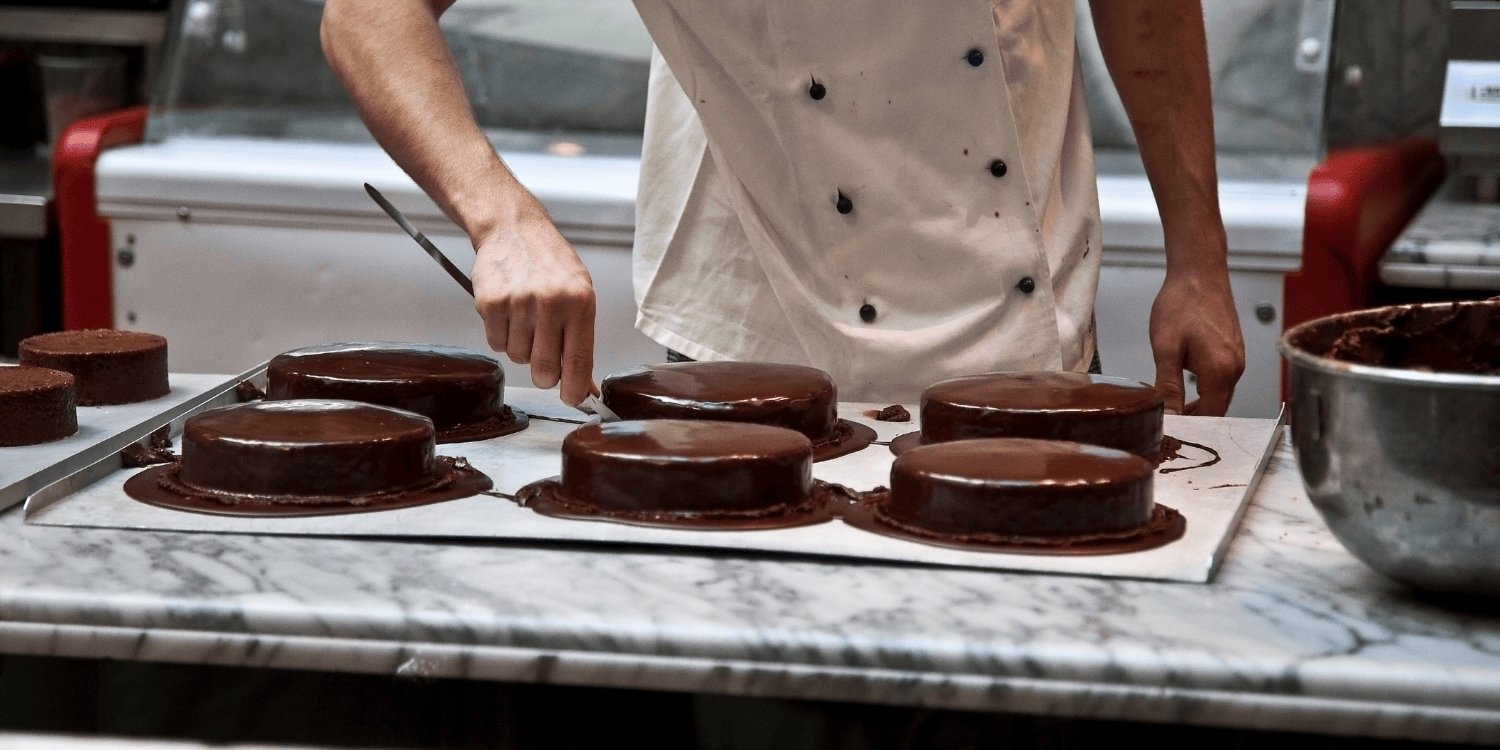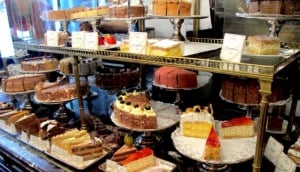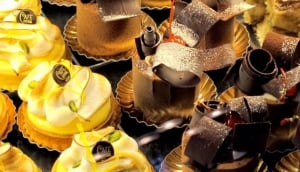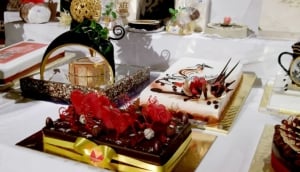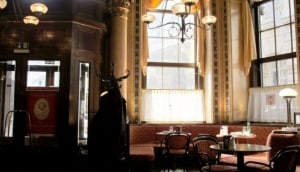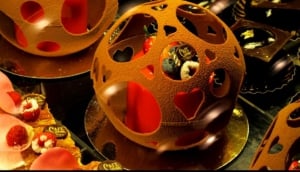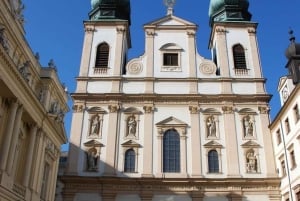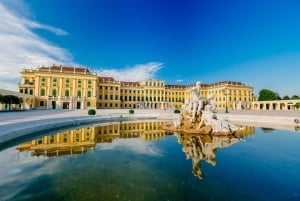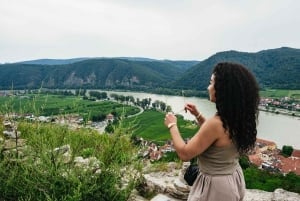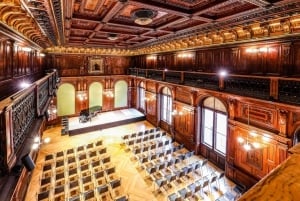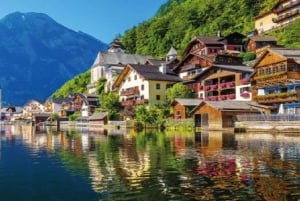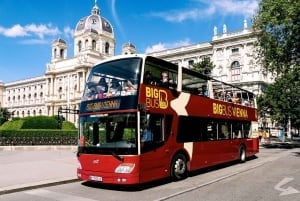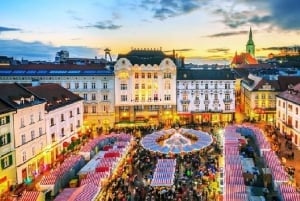Cakes & Coffee Shops in Vienna: A Sweet Guide to the City’s Café Scene
Vienna Cakes & Coffee
Book Top Experiences and Tours in Vienna:
If youʻre booking your trip to Vienna last minute, we have you covered. Below are some of the top tours and experiences!- Vienna: Courtyards & Hidden Places Walking Tour
- Vienna: City Bus Tour, Schönbrunn Palace Skip-the-Line Entry
- From Vienna: Wachau Valley Day Tour with Wine Tasting
- From Vienna: Full Day Trip to Hallstatt and Salzkammergut
- Vienna: Classical Concert at Eschenbach Palace
Vienna’s café culture is legendary — and for good reason. The city is home to elegant coffee houses, charming corner cafés, and world-famous cakes that make any afternoon feel like a treat. Whether you're a fan of fluffy sponge, dense chocolate tortes, or creamy layers paired with perfectly brewed espresso, this guide will help you discover the best cakes and coffee shops in Vienna.
Classic Viennese Cafés You Have to Visit
To experience the full charm of the city’s café culture, start with its historic institutions. These spots have been serving Vienna coffee and traditional pastries for over a century:
- Café Central – Once frequented by Trotsky and Freud, this palatial café still draws visitors for its opulent interior and stunning dessert display.
- Café Demel – A former imperial bakery, Demel is a feast for the eyes and taste buds. Try the Anna Torte or Esterházy slices for something beyond the usual.
- Café Sperl – A relaxed, wood-paneled haven near Naschmarkt where you can enjoy a Melange with a slice of Sachertorte in peace.
Where to Find the Best Cakes in Vienna
There’s more to Vienna’s dessert scene than just Sachertorte. Here are a few standout places to satisfy your sweet tooth:
- Kurkat Café – A hidden gem in the 6th district with house-made vegan cakes, specialty coffee, and friendly vibes.
- Franz & Julius – Cozy, bright, and known for their seasonal fruit cakes and nutty Gugelhupf. It’s a local favourite for a reason.
- Sluka – Elegant and a little under the radar, this café near Rathausplatz offers luxurious desserts in a calm setting. Their topfenstrudel is a must-try.
Modern Coffee Shops Doing It Differently
If you’re after third-wave coffee, minimalist interiors, and creative baking, Vienna’s newer cafés have you covered:
- Kaffeefabrik – Small-batch roasted beans, precision brewing, and a cool crowd. Grab a flat white and a pistachio croissant.
- Balthasar – Stylish and serious about their espresso, with a rotating menu of cakes from local artisans.
- Karma Food – A colourful spot that balances wholesome meals with excellent vegan sweets and ethically sourced coffee.
Vienna’s Café Culture Etiquette
In traditional cafés, take your time. Table service is standard, and it’s perfectly acceptable to linger over one drink for hours. Tipping is expected (around 5–10%), and don’t forget to greet the staff with a friendly “Grüß Gott” or “Servus.”
Beyond Cake: What to Order With Your Coffee
Pair your sweet treat with a local coffee style. Popular options include:
- Melange – Vienna’s take on a cappuccino, topped with milk foam.
- Einspänner – Strong black coffee served in a glass with whipped cream on top.
- Verlängerter – Similar to an Americano, for those who prefer a longer coffee.
Want to explore Vienna’s sweets and savories in one go? Try one of our Vienna food experiences or combine it with a walking tour that includes coffee house stops.


